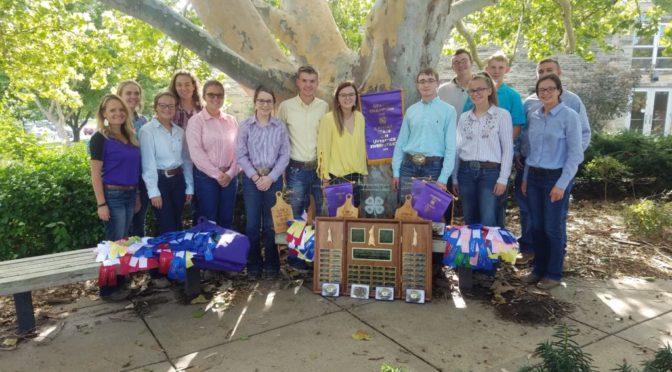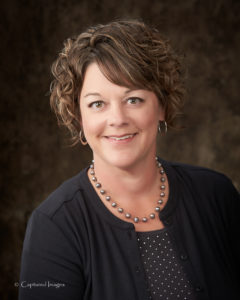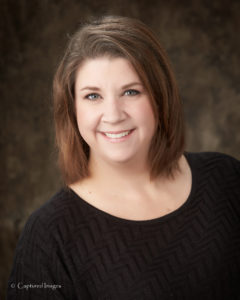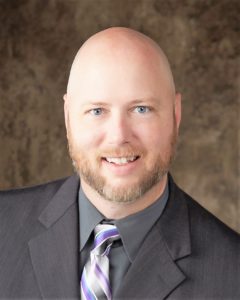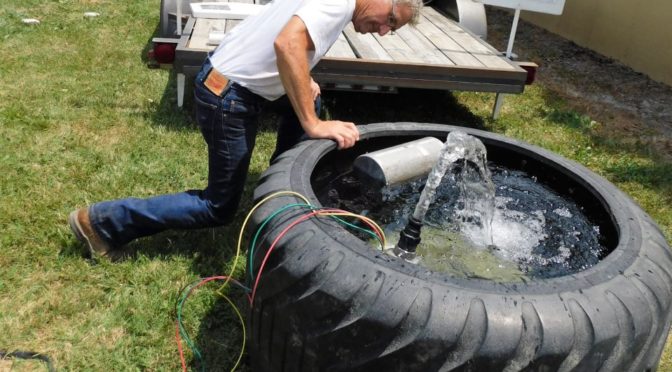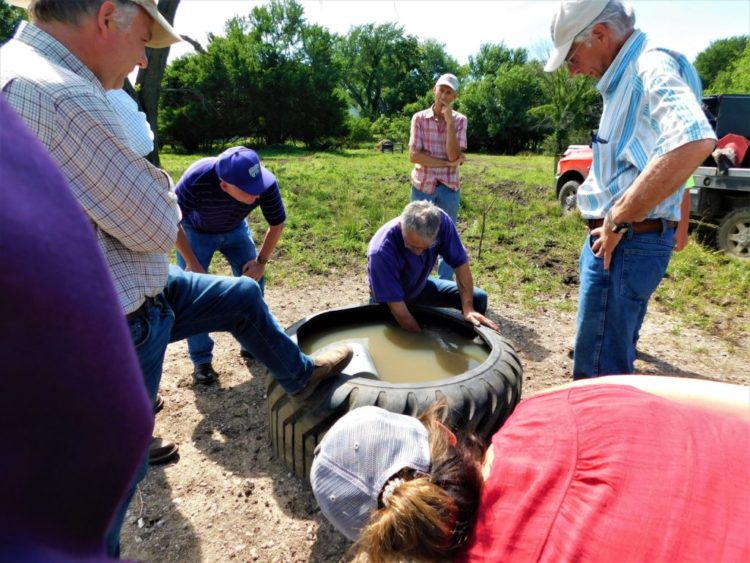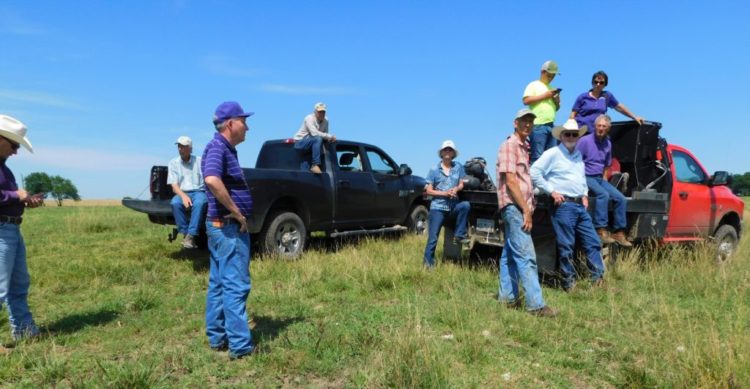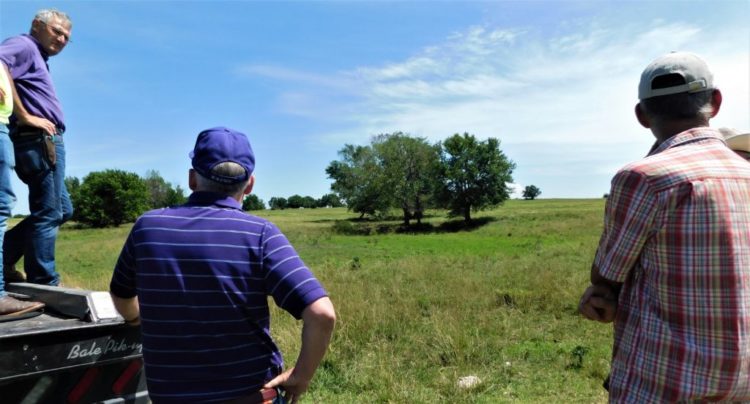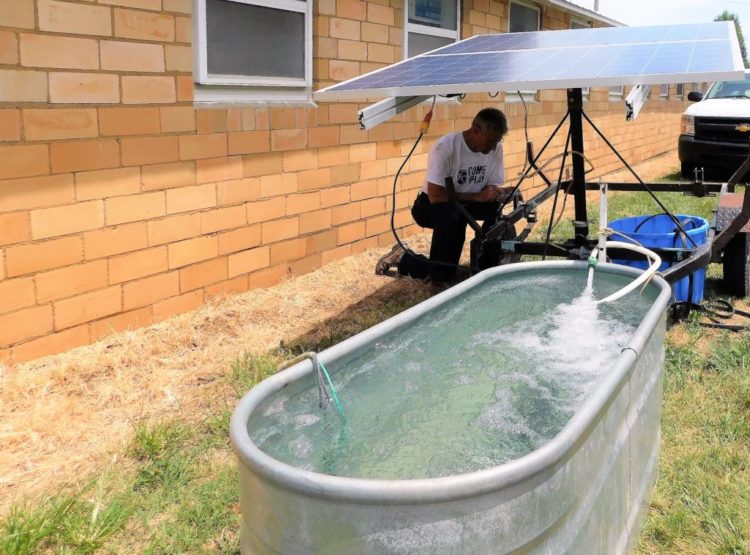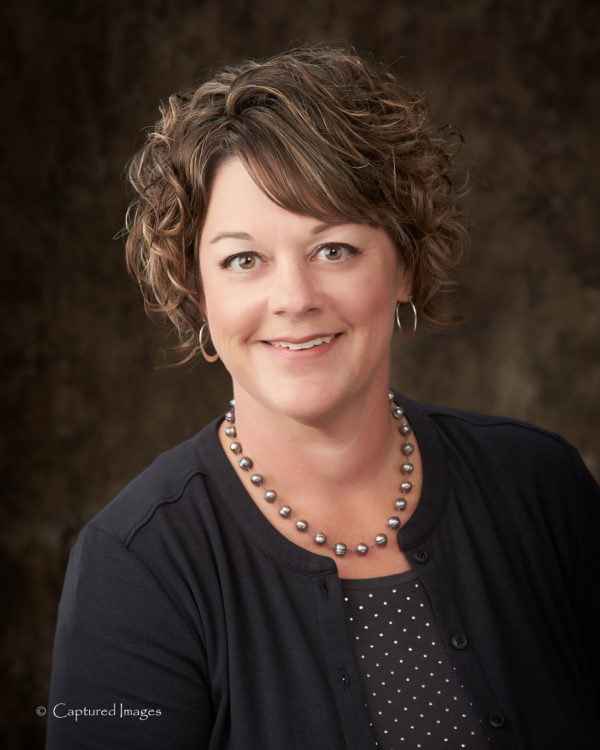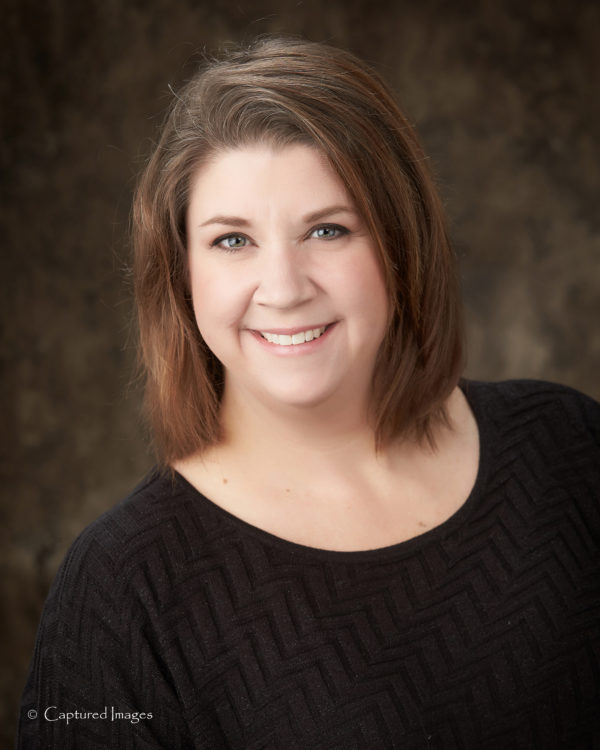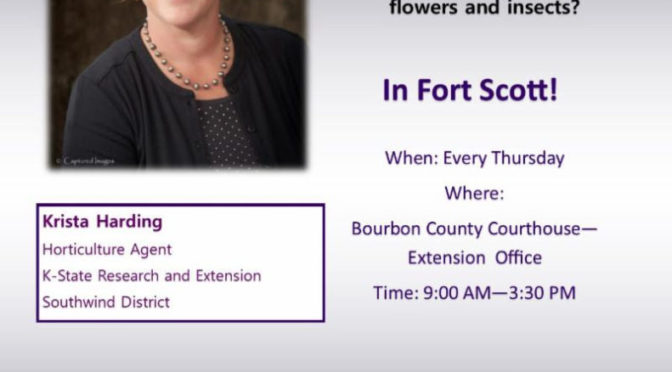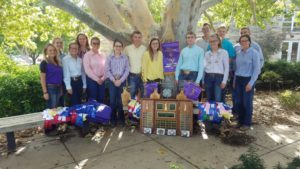
4-H members from the Southwind Extension District excelled at the annual Kansas 4-H Livestock Sweepstakes event on August 24-25 in Kansas State University’s Weber Hall. The Southwind District is especially proud that 4-H members represented 4-H Clubs from Allen, Bourbon Neosho and Woodson Counties.
4-H members learned gained new knowledge and worked on livestock skills in order to be competitive in the Sweepstakes event which consisted blending scores in four contests. Southwind Extension District completed the weekend by being named the 2019 Champion and 3rd Overall Kansas State 4-H Sweepstakes Teams. Top ten individual Sweepstakes winners for Southwind were Jillian Keller, 10th; Aidan Yoho, 7th; Sadie Marchiao, 5th; Clay Brillhart, 3rd; Brody Nemecek, 2nd; and Haydon Schaaf was named High Individual Overall (for the second consecutive year!) after excelling in all contests.
The Livestock Quiz Bowl started with a qualifying exam. The twelve teams with the highest average scores advanced to the quiz bowl competition. Southwind #2 (Schaaf, Nemecek, Brillhart, Yoho) was seated first after the test and was later named the Reserve Champion Quiz Bowl Team. Southwind #1 (Marchiano, Keller, Dreher, Fry) earned 3rd best team.
The Livestock Judging contest consisted of nine judging classes and four sets of reasons with 201 contestants and 43 teams from across Kansas. Southwind #2 (Keller, Brillhart, Nemecek, Schaaf) was 1st in Sheep/Goats; 1st in Hogs; 1st in Cattle and 1st in Reasons and named Champion Team Overall. Southwind #1 (Dreher, Marchiano, Fry, Yoho) was 2nd in Sheep/Goats; 3rd in Hogs; 10th in Cattle; 4th in Reasons and named Fourth High Team Overall. Individual livestock judging results are as follows:
- Jillian Keller – 1st Sheep/Goats; 3rd Hogs; 8th Beef; 5th Reasons; High Individual Overall
- Clay Brillhart – 3rd Sheep/Goats; 4th Swine; 4th Beef; 3rd Reasons; 2nd Individual Overall
- Haydon Schaaf – 5th Hogs; High Individual Beef; 4th Reasons; 3rd Individual Overall
- Brody Nemecek – High Individual Hogs; High Individual Reasons
- Sadie Marchiano – 5th Sheep/Goats; 2nd Hogs; 6th Reasons; 7th Individual Overall
As the State Champion Livestock Judging Team, Southwind District (Keller, Brillhart, Schaaf, Nemecek) will represent Kansas 4-H at the American Royal Livestock Show in Kansas City, MO this coming October.
The Meats Judging contest was based on identification of thirty retail cuts, six placings classes and three sets of reasons. Southwind #2 (Schaaf, Brillhart, Nemecek, Yoho) was 3rd in Placings, 5th in Reasons, 2nd in Retail ID and Champion Team Overall. Southwind #1 (Beene, Fry, Keller, Marchiano) was 2nd in Meats Reasons. Individual meats judging results are as follows:
- Haydon Schaaf – High Individual Retail ID and High Individual Overall
- Jillian Keller – 2nd Reasons
- Clay Brillhart – 7th Individual Overall
In the Livestock Skillathon, 4-H members rotated individually through stations that addressed six areas of animal science. Those included feedstuffs, breed identification, equipment identification, meat identification, wool evaluation and a written test. There was also a team component where members worked together on evaluating a performance Angus genetics scenario, understanding livestock biosecurity, and understanding issues in livestock reproduction. Southwind #2 (Brillhart, Marchiano, Nemecek, Schaaf) was 1st in Exam, 1st in ID; and Champion Team Overall. Southwind #1 (Dreher, Fry, Keller, Yoho) was 4th in ID and 4th Team Overall. Southwind #3 (Beene, Mueller, O’Brien, Elsworth) were 5th in the Exam. Individual Skillathon results are as follows:
- Brody Nemecek – 2nd Exam; 1st ID; High Individual Overall
- Sadie Marchiano – 5th ID; 4th Individual
- Haleigh O’Brien – 1st Exam
- Aidan Yoho – 8th Individual
- Haydon Schaaf – 6th Individual
- Clay Brillhart – 5th Individual
This group worked hard and studied a great deal of material to prepare for four state contests. To be named the Champion Livestock and Meats Judging Teams, Reserve Champion Quiz Bowl Team, Champion Livestock Skillathon Team, and Overall Champion Sweepstakes Team at the state contests shows how hard these 4-H members pushed each other to “Make the Best Better.” The Southwind District is proud of their accomplishments and look forward to future growth and learning.
K-State, County Extension Councils, Extension Districts, and U.S. Department of Agriculture Cooperating. K-State Research and Extension is an equal opportunity provider and employer.
Submitted by Carla Nemecek
Southwind Extension District
Director & Agent
[email protected]
620-365-2242
1 North Washington, Iola, KS 66749
